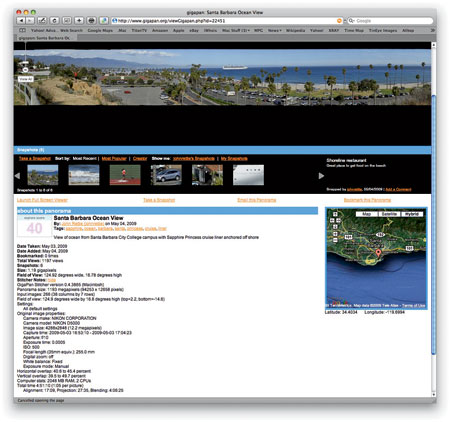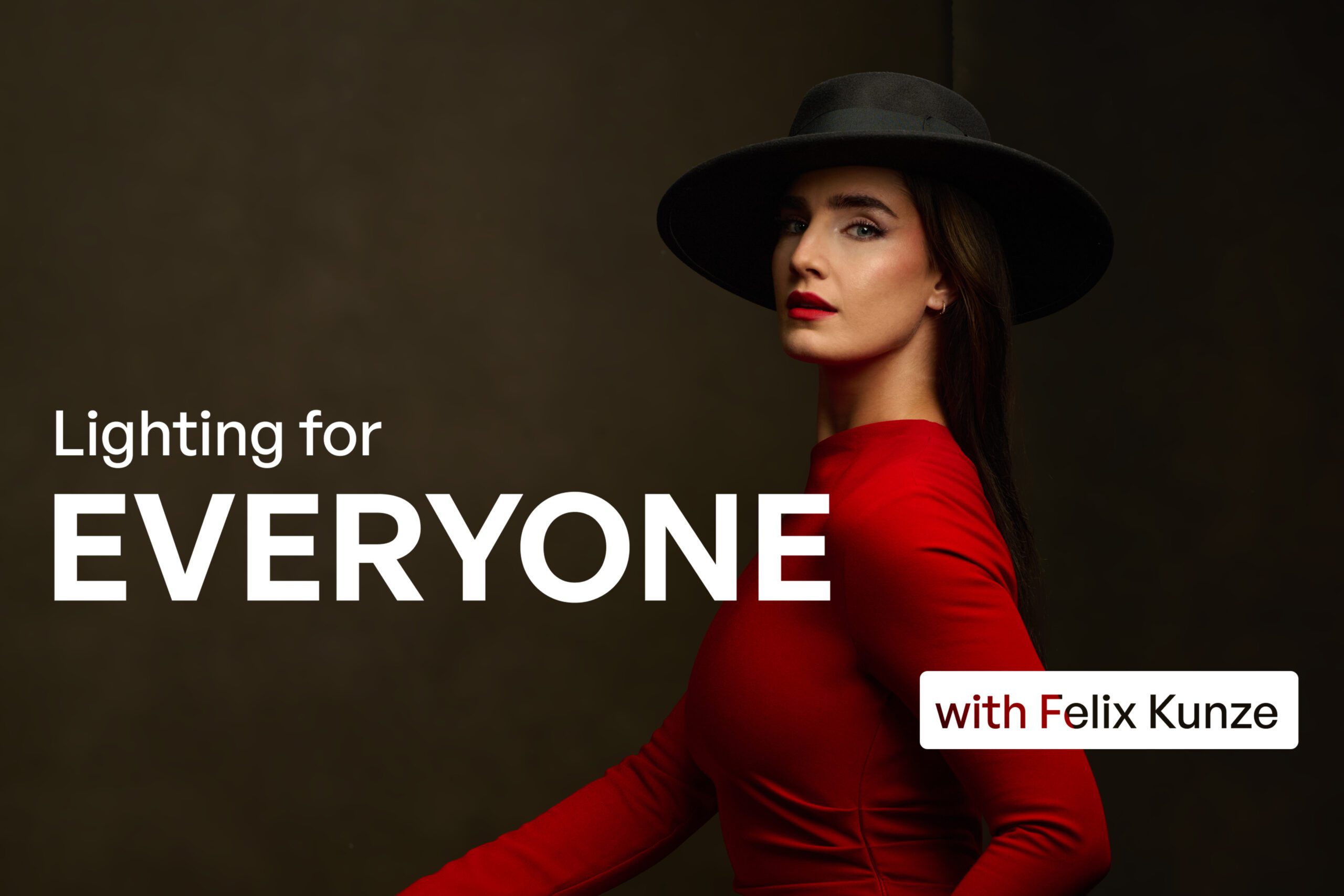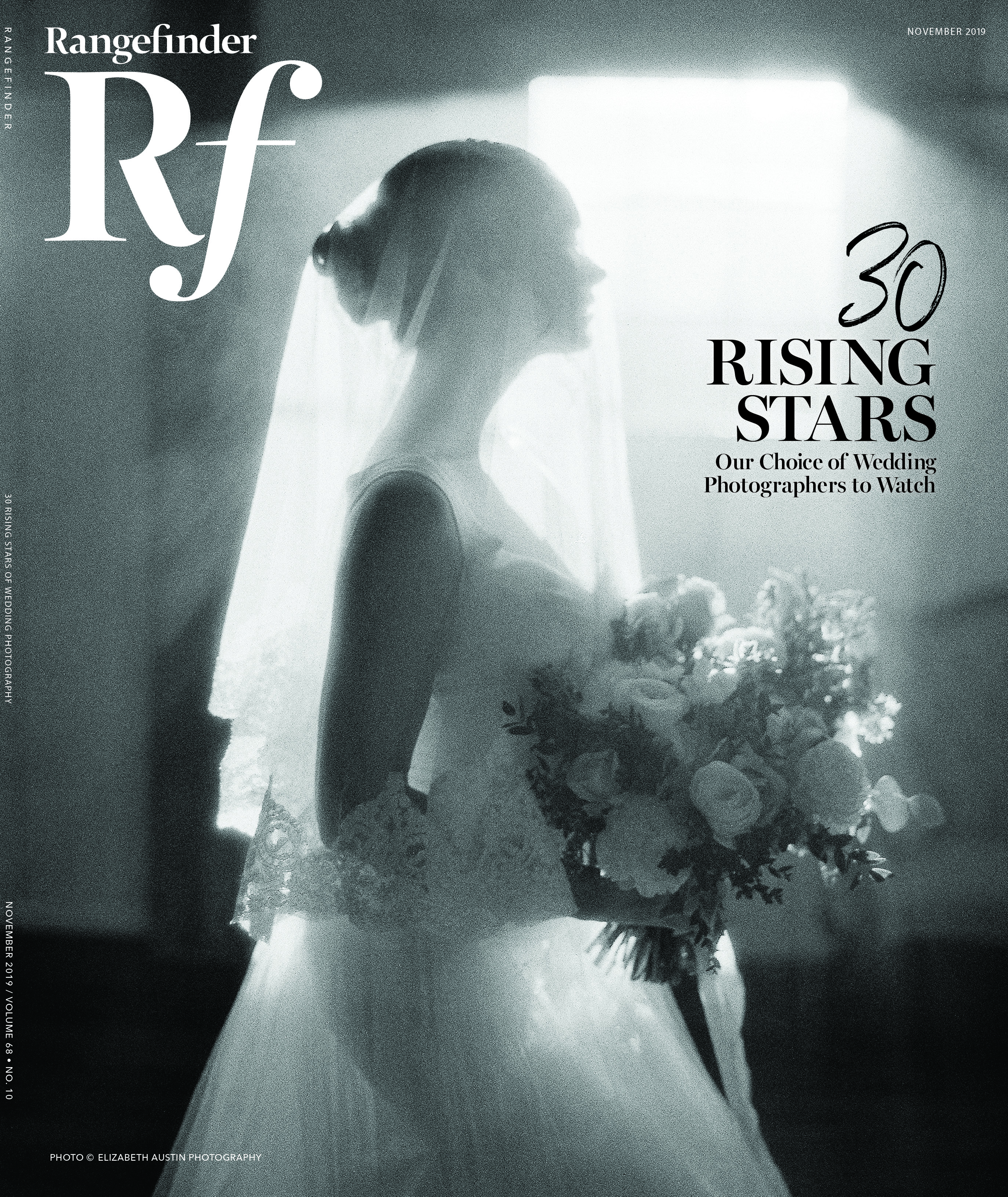GigaPan Panoramas
A couple of issues ago I briefly mentioned David Bergman’s incredibly detailed 1.5-gigapixel photo of President Obama’s inauguration that he captured using a Canon PowerShot G10 camera using the GigaPan system.
I had the opportunity to try out the system myself using the newest version of the GigaPan Epic. The Epic 100 is a slightly bigger model that can hold small DSLR cameras, as long as the combined weight of body and lens is not more than 3 lbs.
I like to call it a contraption as a term of endearment as much as anything. Why? Because it is an amazingly simple looking device that only costs $449, yet it undertakes a process that just a few months ago required expensive equipment and/or incredible patience and finesse if you were to perform it yourself.
Gigapixel images have been around for several years. Fortunately, as is always the case with new technologies, it has now reached a level where it is affordable and practical for anyone to undertake. Five years ago I read about a 1.09-gigapixel image that took the photographer most of a week to produce. Another article described how a photographer made a special film camera that produces images using a 9 x 18-inch film negative that then has to be scanned using a high-end scanner.
As I’m sure everyone knows, a gigapixel image is created by stitching together a series of smaller pictures to create a giant image. There are several ingredients to make the image look realistic. First, it’s getting the individual images captured and then stitching them together without producing too many artifacts.
GigaPan was developed by Carnegie Mellon University in collaboration with NASA Ames Intelligent Robotics Group, with support from Google. The system consists of three elements. First, there is the mount for the camera; second, there is the stitching software and, lastly, there is the GigaPan.org website, where anyone can post gigapixel images they have created, so they can be viewed quickly and easily.
Taking the pictures is surprisingly simple. You mount a camera on the GigaPan unit and place that on a tripod and make sure it’s level with the built-in bubble level. For my tests I mounted a new Nikon D5000 camera I just received for review and the GigaPan Epic 100 on a Manfrotto tripod. I set the 18–200mm zoom at 200mm and used buttons on the back of the Epic 100 to move the camera to frame the horizon. Following the instructions on the small LED readout, I was prompted to move the camera so the horizon was first on top of the picture frame and then on the bottom. This set the basic parameters for coverage of the lens in degrees. Then it’s a simple matter of setting the top left corner of the image you want to capture followed by the lower right.
The GigaPan then leads you through a series of questions to make sure you have the camera set in manual mode and it then proceeds to automatically move the camera, taking each overlapping photo column by column. My first experience was a disappointment partly because the sun went behind clouds and I did not have the lens set at a small aperture for results with a good depth of field.
I hit success with the third panorama photo I captured. It consisted of 266 photos (38 columns by 7 rows) and covered 125 degrees by 17 degrees. It took the GigaPan 11 minutes to take all the photos. Once I imported the pictures into the GigaPan stitching program it took almost five hours for my iMac to render the giant 94253 x 12658-pixel image. It must have been too big, as I could not save it as a TIFF file on my computer. Instead, after creating a free account, I uploaded it to the GigaPan website, which took almost 90 minutes.
When I checked the image online, four people had already viewed it. I sent a link to edhat.com, a local news website in Santa Barbara, and amazingly within 36 hours over 1000 people had viewed it.
The Flash-based online viewing software allows you to zoom into a photo to view details. It’s always fun to find the inevitable “gotchas” where a person or object moved between shots. Yet considering the complexity, it is amazing how well the image goes together. For example, a cruise liner in my photo is comprised of eight images yet it’s impossible to see where the software stitched them together. On the other hand, you’ll find the front end and a separate back end of a small tender boat that was moving.
I’d love to make a print of this image but if I printed it at 300dpi it would be almost 26 x 3.5 feet in size. If you would like to see my panorama, check the link on my website at johnrettie.com or go to GigaPan.org and search for “Santa Barbara” and my panorama is one of the most popular uploads.
I must admit that the ease with which one can create such great images using this relatively simple and inexpensive device exceeded my expectations. It certainly adds an eye-catching new dimension to one’s photography—with much less time involved to create it.
National Association of Broadcasters
Each year one can see the broad range of new equipment available for professional videographers at the National Association of Broadcasters (NAB) conference in Las Vegas. I have found it fascinating to attend every couple of years to see what trends in the video world might affect still photographers.
For example, the big news a couple of years ago was the first showing of images captured by the RED camera, which has since taken the cinematography world by storm.
This year the merging of the stills and video disciplines continued, though perhaps not as much as I expected. For the first time, Canon was drawing plenty of attention as it showed a still camera on a large display located at a prominent corner of the massive Canon booth. It displayed a couple of Canon EOS 5D Mark II cameras outfitted with third-party accessories that turn it into a high-end camcorder for HD video recording. Ironically, from reading reviews and checking comments on forums it appears high-end cinematographers are upset because it lacks full manual control. On the other hand entry-level videographers are lamenting that it does not have autofocus or image stabilization when in video mode.
Luckily Canon is the first to admit that this is a first generation hybrid camera and company officials claim to be listening to the needs of videographers as well as those of still photographers as the company develops future models.
At Panasonic’s launch of its newest AG-HMC40, a small pro-level camcorder, it said that users of the previous model wanted to be able to capture better quality stills. Panasonic says it will shoot 10.6-megapixel stills without compromising its video capabilities, saying that “hybrid cameras are what pros have been waiting for.” The camcorder goes on sale in August at a suggested list price of $3195.
I did not see every booth at the giant expo but I only saw one other 5D being demonstrated and that was at the Tiffen booth where it was being shown mounted on a Steadicam Merlin. This booth was also attracting plenty of attention as a cameraman moved around unhindered on a Segway, which had an integrated Steadicam mounted on it. This combination will certainly give filmmakers an even more flexible way of capturing unique action footage.
With HD fully established, the next big thing, according to many exhibitors, will be 3D video. I saw several demonstrations and have to admit that the quality has improved tremendously. You still have to wear glasses for the best 3D footage but at least they are not the traditional colored ones. I also experienced standing in front of a 3D camcorder and seeing myself on a monitor in 3D. It was an eerie experience to extend my hand toward the camera lens and have it reach out to me from the monitor mounted six feet or so behind the camera.
I also attended a panel discussing the techniques required to produce effective 3D films. One of the problems is positioning subjects correctly so the brain does not get confused. Apparently badly produced 3D films can induce headaches for many viewers.
Quick Book Review: The Hot Shoe Diaries
As small flashguns have gotten more powerful and more intelligent, an increasing number of photographers have found they are able to give up using studio flash systems. There are many benefits to using these small units, mainly because they can be placed in small locations and many of them can be controlled wirelessly via TTL in cameras from Nikon, Canon and Olympus.
Joe McNally, the well known photojournalist who has worked for National Geographic, Time, Life and Sports Illustrated for many years, has made a name for himself as a proponent of using small flashes to produce some amazing images.
He has now put his experience into print with a book titled The Hot Shoe Diaries (published by New Riders, 300 pages, $39.99). As the title suggests, it is a collection of his personal descriptions of how he used Nikon Speedlights to illuminate numerous different photo assignments. It is written in a very informal manner that makes easy to read, but at the same time it includes many valuable firsthand experiences that McNally has garnered during his illustrious career.
In most shooting situations McNally used hand-drawn layouts that show how to set up the individual Speedlights for each shoot. Although he concentrates on using Nikon’s flash systems, including the specialized close-up ring flash kit, most of the lighting techniques obviously apply to anyone using flash systems from other companies.
John Rettie is a photojournalist who resides in Santa Barbara, CA. He has been using a camera as a professional for 39 years, a computer for 29 years and has combined his knowledge of both for the past 16 years. Readers can contact him directly by email at [email protected].





